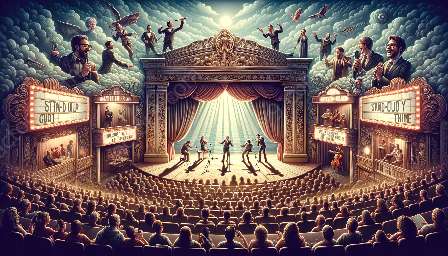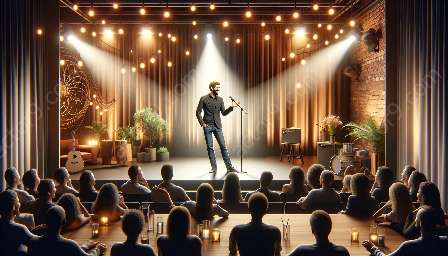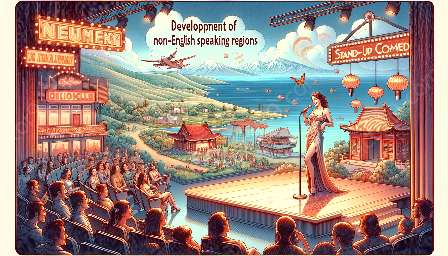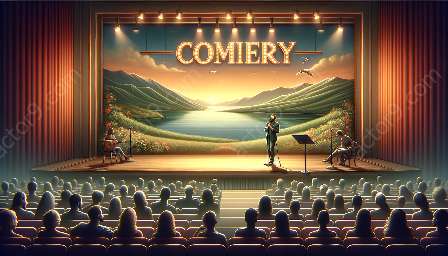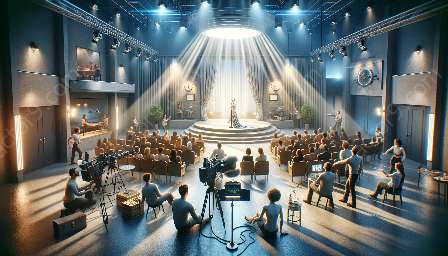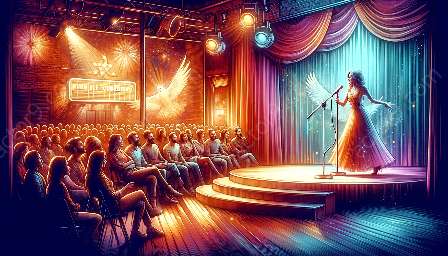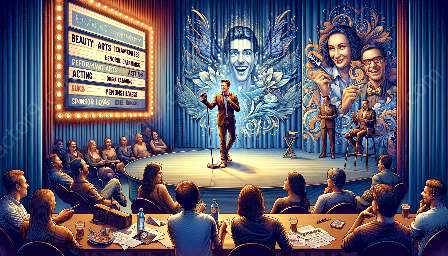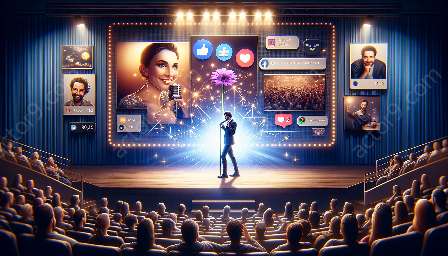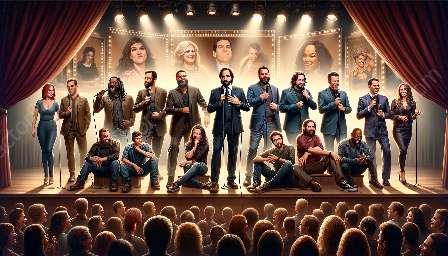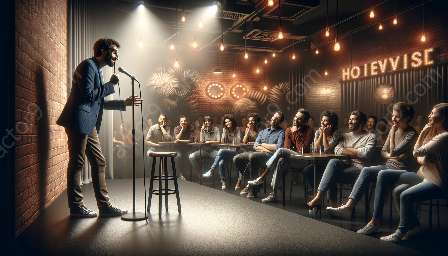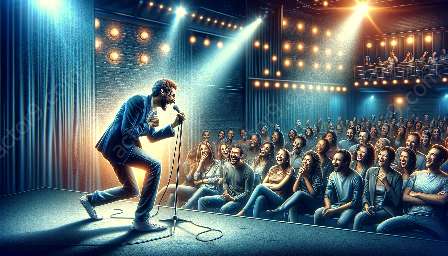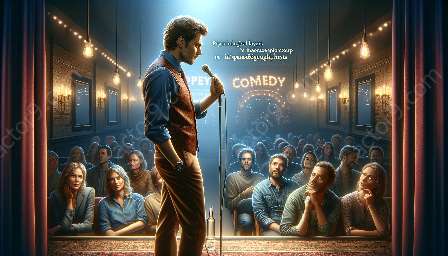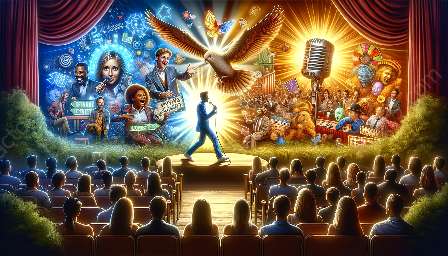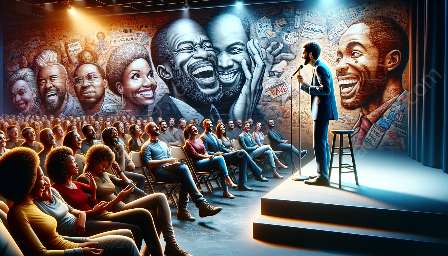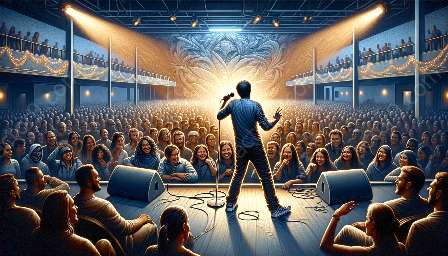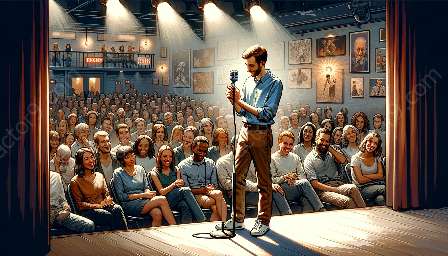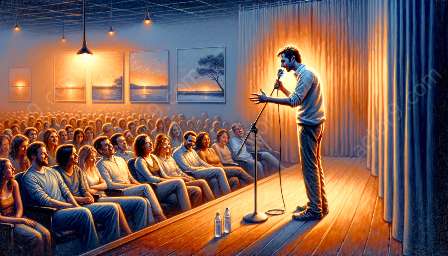Physicality and performance are essential components in the world of stand-up comedy and storytelling. Both art forms rely on the power of the spoken word, but they are equally dependent on the physical presence and expression of the performer. Let's delve deep into the fascinating intersection of physicality and performance, and examine how it shapes the experience for both the performer and the audience.
The Power of Body Language
The art of stand-up comedy and storytelling involves more than just delivering lines with impeccable timing and delivery. It's about connecting with the audience on a visceral level, and body language plays a crucial role in achieving this connection. A raised eyebrow, a subtle gesture, or a well-timed pause can convey volumes of meaning that words alone cannot capture.
Stand-up comedians and storytellers use their bodies as a canvas to enhance their narratives, to emphasize certain points, and to elicit genuine laughter or empathy. Physicality becomes an integral part of the storytelling process, allowing performers to transform their words into living, breathing experiences that resonate with their audience.
Enhancing Comedic Timing
Comedic timing is the heartbeat of stand-up comedy. It's the skillful manipulation of pauses and pacing to deliver punchlines with maximum impact. Physicality plays a pivotal role in enhancing comedic timing, as performers use their bodies to accentuate the rhythm of their delivery. From exaggerated facial expressions to well-choreographed movements, comedians use physicality to amplify the humor and create moments of pure comedic gold.
Furthermore, physicality enables comedians to create amusing visual gags, slapstick humor, and clever body language that add layers of hilarity to their performance. The marriage of physicality and timing results in a seamless fusion of verbal and non-verbal communication, eliciting laughter and joy from the audience.
The Art of Storytelling through Movement
Storytelling, whether on stage or through other mediums, is an ancient tradition that has always been inherently physical. Beyond words, storytellers communicate through their physicality, using gestures, facial expressions, and posture to weave a mesmerizing tale. Movement becomes a visual language that complements the spoken narrative, enriching it with depth and emotion.
By employing physicality in storytelling, performers can transport their audience into the heart of the story, allowing them to visualize scenes and empathize with characters on a profound level. The synergy of words and movement creates an immersive experience that captivates the audience and lingers in their hearts and minds long after the performance has ended.
Fostering Audience Engagement
The physical presence of a performer has a substantial impact on audience engagement. When a comedian or storyteller fully embraces physicality, they exude a contagious energy that draws the audience into their world. A compelling stage presence, combined with intentional physical expression, establishes a connection that transcends mere verbal communication.
Studies have shown that a significant portion of communication is non-verbal, and an audience unconsciously responds to the physical signals emitted by performers. A confident posture, animated movements, and authentic expressions convey sincerity and passion, creating an environment where the audience feels comfortable and open to the performer's message.
Conclusion
In the realm of stand-up comedy and storytelling, physicality and performance are inseparable partners, enriching the art forms and elevating the audience experience. The fusion of words and physical expression creates a dynamic, multi-sensory experience that resonates deeply with audiences. By understanding the significance of physicality in these art forms, performers can unlock new dimensions of creativity and connection, making each performance an unforgettable journey for both themselves and their audience.


